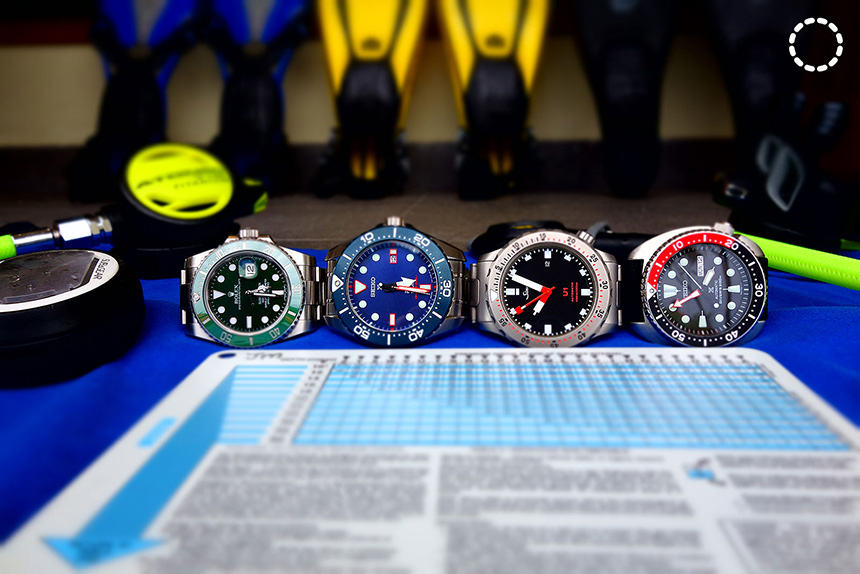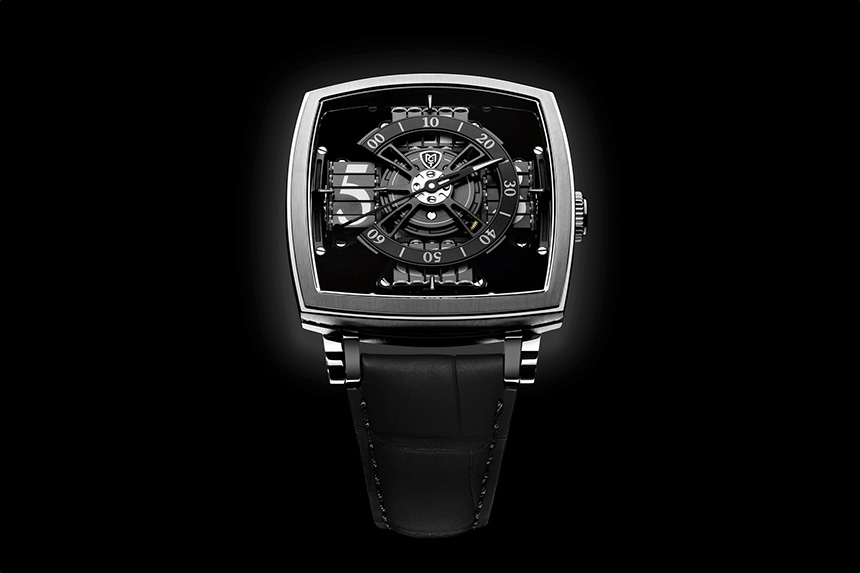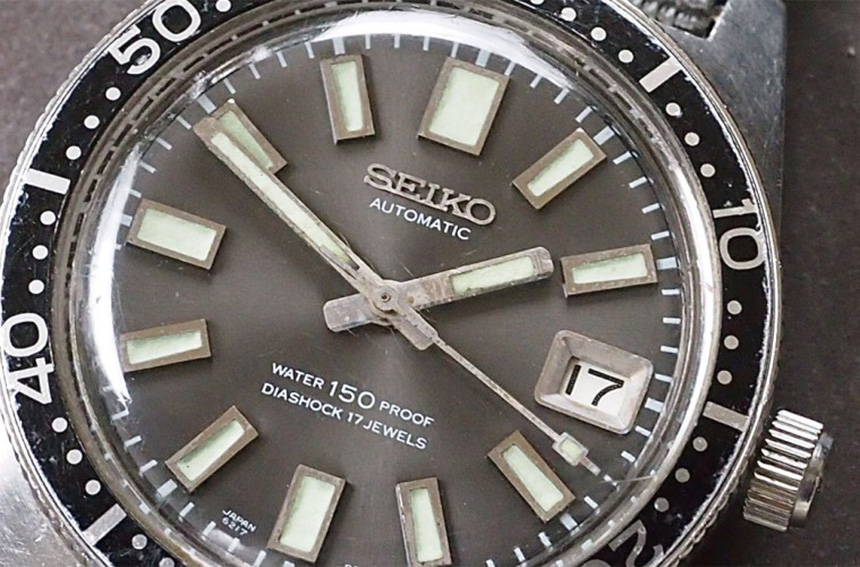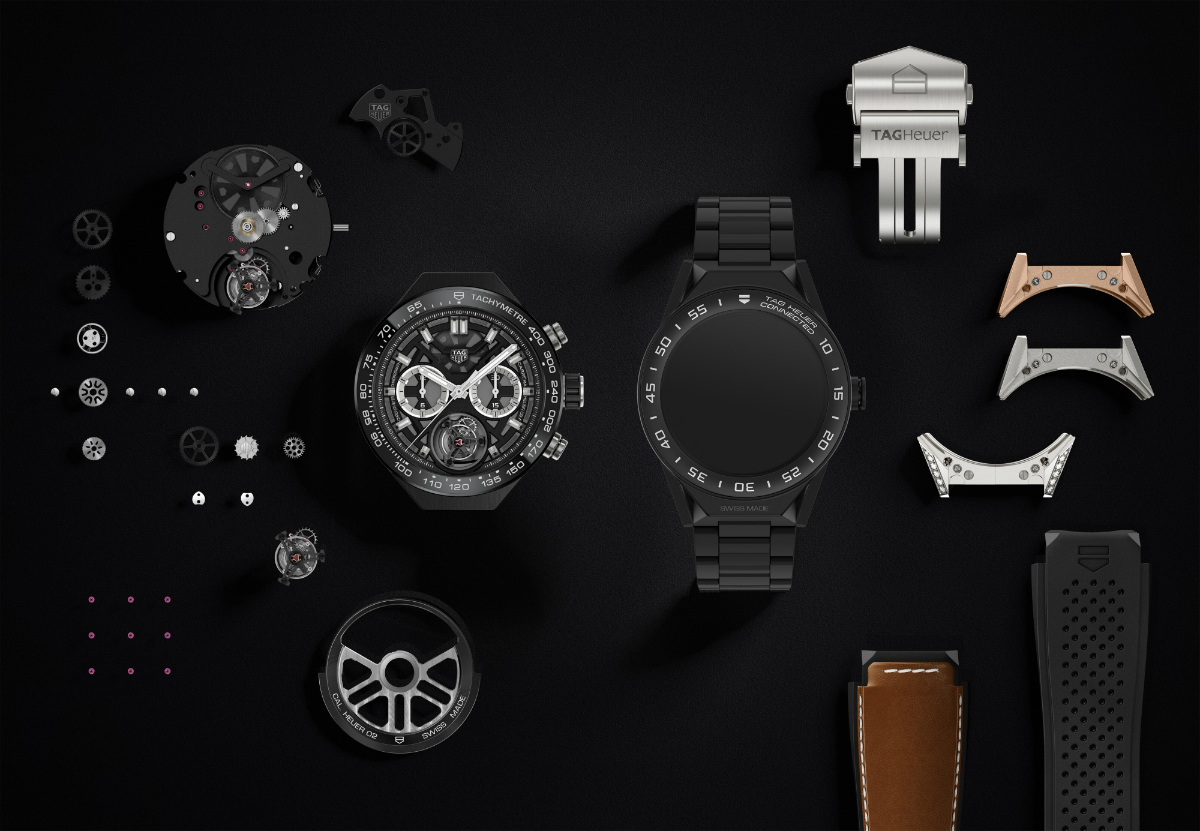1. History of the English Watch Industry Fall from Prominence
https://www.youtube.com/watch?v=8dnFThqzRfU
In the earliest days of watchmaking and timekeeping, England, and not Switzerland, was arguably the center of the world when it came to horology. Some of the most important horologists were English: Robert Hooke, who had a hand in inventing the balance spring; Thomas Tompion, who invented on of the earliest watches with a spiral balance spring; John Harrison, who invented the marine chronometer… they were all English. So how did watchmaking become a Swiss thing? This video explains why via a look at a vintage English pocket watch.
Source: Watch Ponder
2. Confessions of a Watch Geek

Like superheroes, every watch lover has an origin story. Usually, it involves an elder figure and some notable occasion. In some other cases, it could be an unremarkable or happy occurrence – something as simple as going to a store to buy a watch solely for the purpose of telling time. Regardless of your origin story, we all have one, and thereafter, the way we relate to watches and collect them is unique to each and every one of us. This is the story of Gary Shteyngart, an accomplished novelist who very recently got into watches, and I think it is well worth a read.
Source: The New Yorker
3. Real World Test: Diving with the Rolex Submariner, Sinn U1, Seiko Turtle & Prospex PADI

Let’s be honest, most people won’t use watches for the purpose for which they were designed. How many IWC Big Pilots are bought and used by actual pilots? Likewise, how many Rolex Submariners will ever go into waters beyond the swimming pool? The answer is probably not many. As a result, most watch reviews don’t take into consideration the performance of a watch for its intended usage. Which is why it is so interesting to read about this real-world diving test of some of the most popular dive watches. Do they actually work well underwater? Let’s find out.
Source: Watches by SJX
4. Design Discussion On Contrast & Texture: How Vantablack And Other Techs Are Disrupting Watch Norms

The use of exotic materials and finishing is one of the hot topics of watchmaking these days. And in the past couple of years, we have seen brands come up with watches made entirely out of ceramic, sapphire glass, forged carbon, and even super exotic and outrageous materials like TPT quartz. The use of these materials has often imparted a unique aesthetic to the watch. For example, a watch with an all-sapphire glass case allows owners full view of the mechanisms inside. This is the same with Vantablack, a new material that is called the blackest material ever created by humans. It is so black that it sucks light. And when used in a watch, this creates a never-before-seen effect. The MCT Sequential One S110 Vantablack is the first watch to feature this material and it looks totally awesome.
Source: Quill and Pad
5. Seiko 62MAS – The First Professional Diver Watch by Seiko

The history of Seiko dive watches is a rich one with many world-firsts. The world’s first diver’s watch with a titanium case? That’s the Seiko Professional Diver’s 600m from 1975. The world’s first saturation diving watch with a quartz movement? That’s a Seiko as well. And if you haven’t already heard, Seiko has come up with a reedition of its very first dive watch – the Seiko 6217-800/1 or more commonly known simply as the 62Mas. The new Seiko 62Mas Reedition SLA017 is an almost faithful reissue of its historically significant 62Mas dive watch. Take a look here at the original 62Mas watch that spawned the entire lineage of Seiko divers.
Source: Fratellowatches

